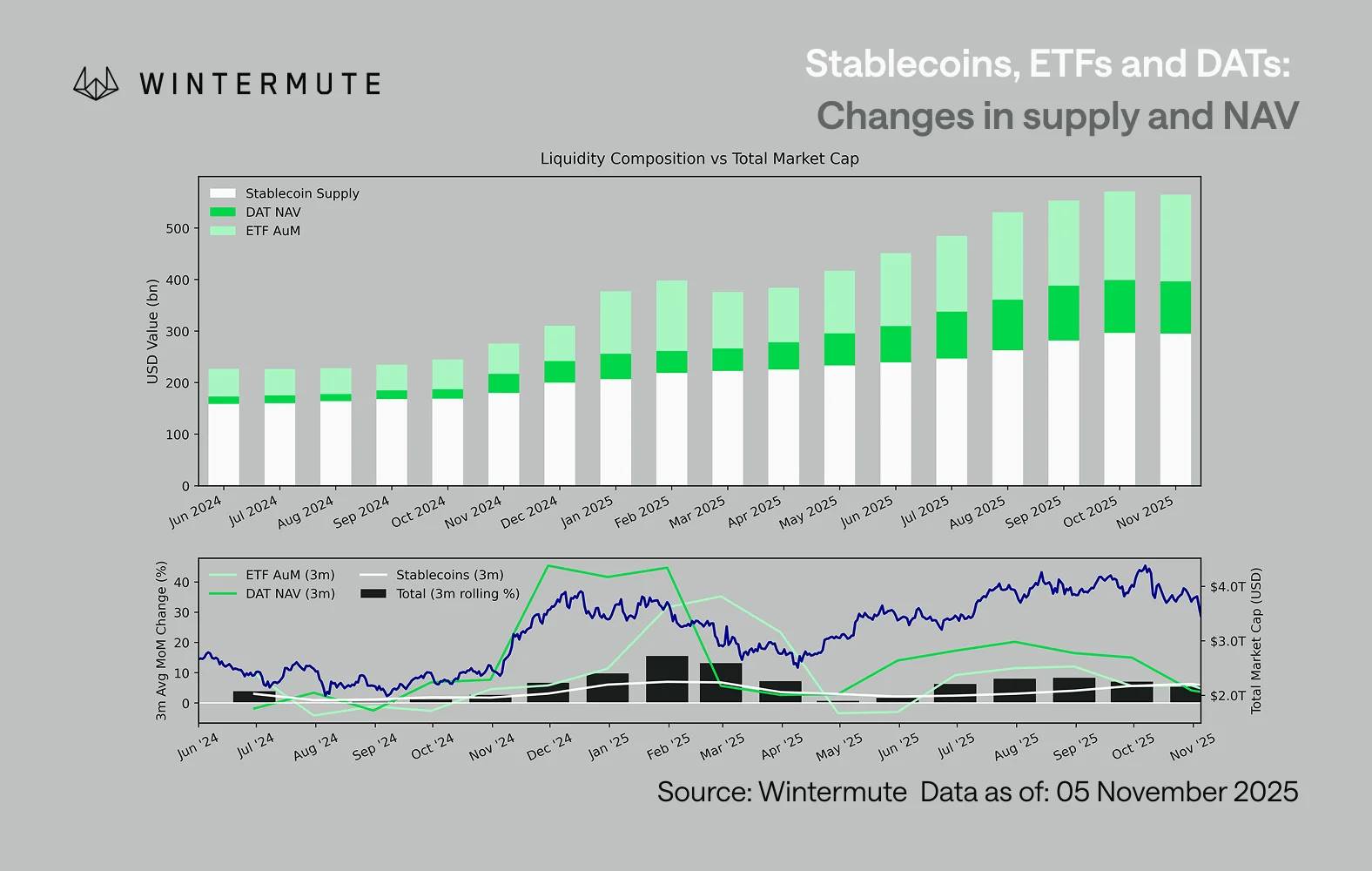Prediction markets are evolving into broader information trading venues: Bernstein
Quick Take Analysts at Bernstein said prediction markets are shifting to become broader information hubs spanning sports, politics, business, economics, and culture. Kalshi anchor partner Robinhood processed $2.5 billion in prediction-market volume ($25 million in revenue) in October alone, they highlighted — implying a $300 million annualized run rate.

Prediction platforms are transitioning into broad information-driven trading venues as greater regulatory clarity, institutional investment, tokenization, and deepening integration with retail brokerages and crypto markets accelerate global liquidity and mainstream adoption, according to analysts at research and brokerage firm Bernstein.
In a note to clients on Thursday, analysts led by Gautam Chhugani said prediction markets are “evolving to be broader information markets," noting that demand is now spreading well beyond politics and sports, expanding into economics, culture, corporate activity, and financial indicators.
Prediction markets let users trade simple yes/no contracts that pay out $1 if an event occurs and $0 if it doesn't, with the contract price reflecting the market-implied probability of the outcome.
The "real battle" is playing out between Kalshi and Polymarket, the analysts said — two platforms that have taken sharply different, yet now converging, routes to reach newly defined federal pathways.
Kalshi started with a centralized, regulation-first approach, securing key CFTC licenses and ultimately winning a court battle to list certain political contracts. However, it is now expanding beyond the U.S. by accelerating its crypto and blockchain integrations, including partnerships with Solana and Base, to tap global non-U.S. markets and broaden distribution, the analysts noted.
Polymarket, by contrast, began as a decentralized platform built on Polygon, an EVM-compatible sidechain to Ethereum, and swiftly grew into the largest global prediction venue. However, Kalshi has surpassed it in monthly trading volume since September, according to The Block's data dashboard , generating $4.4 billion compared to Polymarket's $3 billion last month. Polymarket could not serve U.S. customers until recently, but with regulatory clarity emerging from both the CFTC and SEC, it is preparing a KYC-compliant U.S. relaunch through its newly acquired clearing entity, QCEX, and also plans a future POLY token launch.
Both companies have raised substantial capital this year, with Kalshi recently securing $300 million from backers including Sequoia Capital and Andreessen Horowitz, and Polymarket securing a $2 billion investment from ICE. The NHL also signed multiyear agreements with both Kalshi and Polymarket, marking the first time a major U.S. sports league has formally partnered with prediction-market platforms.
Bernstein also pointed to Robinhood's rapid entry and key contribution to the category's growth as the anchor partner for Kalshi — now listing more than 1,000 prediction-market contracts and accounting for 57% of Kalshi's October volume. The brokerage logged $2.5 billion in prediction-market volume last month — up from $2.3 billion in the entire third quarter — a pace equivalent to a $300 million annual revenue run rate if sustained, the analysts noted.
Additionally, Coinbase plans to add prediction markets as part of its "everything exchange" vision covering crypto, tokenized equities, and stablecoins, with the analysts expecting a major announcement at the company's Dec. 17 event.
Nevertheless, Bernstein warned that the prediction platforms still face several risks, including shallow liquidity in some markets, UX frictions such as order-book complexity, and narrow regulatory approvals that could limit scale. They also noted that mainstream bettors may prefer the simplicity of traditional sportsbooks, keeping prediction markets a niche product unless platforms like Robinhood can normalize event contracts for a wider audience.
Bernstein rates Robinhood and Coinbase as outperform with $160 and $510 price targets — 12% and 60% to the upside, respectively.
Robinhood's record Q3
In a separate note on Thursday, the Bernstein analysts noted that prediction markets were a key part of Robinhood's record third-quarter , presenting another $100 million annual revenue business alongside similar revenue projections for its Bitstamp crypto exchange.
The company posted $1.27 billion in Q3 revenue, up 100% year-over-year and ahead of consensus by 5%. Earnings per share of $0.63 beat expectations by 18%. Assets under custody reached $333 billion, up 19% quarter-over-quarter, and funded user accounts climbed to 26.8 million. Robinhood's premium "gold" subscribers rose to 3.9 million (a 14.5% adoption rate) — generating roughly $188 million in annual subscription revenue.
Robinhood's crypto products contributed significantly. Trading volumes reached $80 billion in Q3 — its highest quarter since 2021 — driven by increased activity and token listings on its primary platform and the first full quarter of its Bitstamp integration — tracking at a $100 million annual revenue run rate. Robinhood is "leaning hard into crypto markets," the Bernstein analysts said, developing a "self-reinforcing loop" between its Bitstamp, its primary platform, and its European crypto offering, including work on tokenized equities.
Gautam Chhugani maintains long positions in various cryptocurrencies. Certain affiliates of Bernstein act as market makers or liquidity providers in the equity securities of Robinhood and Coinbase.
Disclaimer: The content of this article solely reflects the author's opinion and does not represent the platform in any capacity. This article is not intended to serve as a reference for making investment decisions.
You may also like
New Bitcoin highs could take 2 to 6 months but data says it’s worth the wait: Analysis

Wintermute: Liquidity, the Lifeline of the Crypto Industry, Is in Crisis
Liquidity determines every cryptocurrency cycle.

Ray Dalio's latest post: This time is different, the Federal Reserve is fueling a bubble
Because the fiscal side of government policy is now highly stimulative, quantitative easing will effectively monetize government debt, rather than simply reinjecting liquidity into the private system.

Famous Bitcoin bull "Cathie Wood" lowers target price due to the "replacement" by stablecoins
Cathie Wood has lowered her 2030 bitcoin bull market target price by about $300,000, after previously predicting it could reach $1.5 million.

